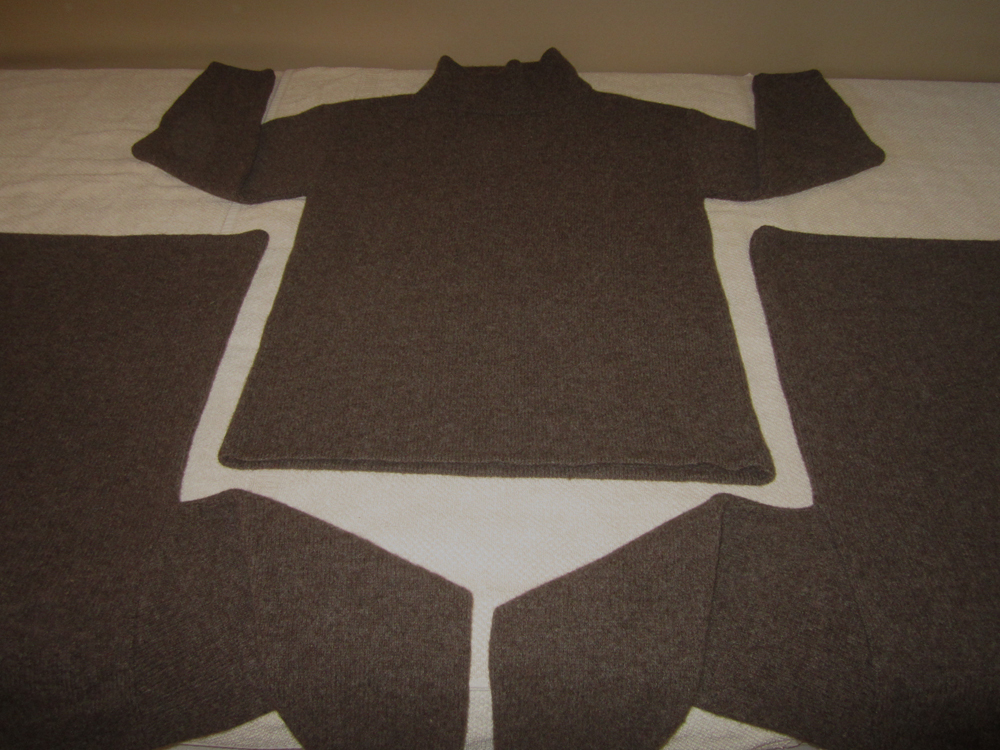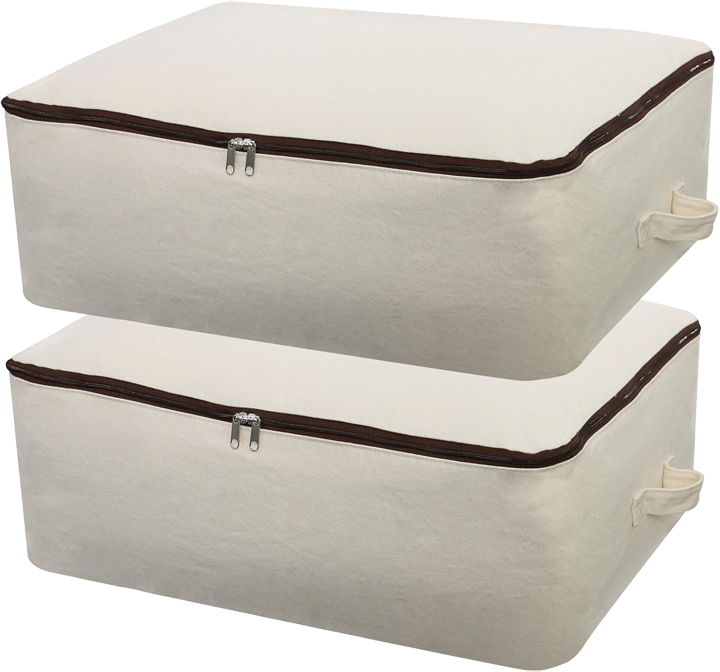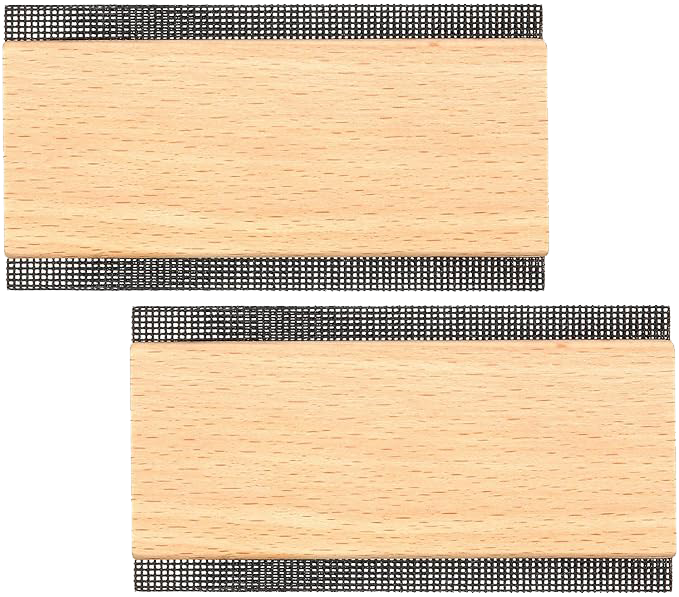|
It's easy to care for wool products the right way
and keep them in good condition indefinitely.
And it's easy to do it wrong and ruin them.
So it pays to know right from wrong.
BASIC INSTRUCTIONS
WASH: gently, in soft lukewarm water and mild plain detergent.
RINSE: gently and thoroughly, in soft water, same temperature as wash.
DRY: smaller items lying flat or hanging; larger items lying flat.
STORE: out of direct light, flat (not hanging), clean and dry.
DETAILED INSTRUCTIONS
WATER
Soft.
WATER TEMPERATURE
Lukewarm is the safest.
Hot (at least 125 degrees) is needed to dissolve oil or grease,
but it requires extra-gentle handling.
Cold is not recommended, mainly because it can cause felting.
Whatever the temperature, it should be the same during the wash and all rinses./p>
DETERGENT / SOAP
Mild (pH 7 or less).
Plain (without additives).
Wool-washing detergents can be found online and in some yarn shops.
Soap can be used, but it doesn't rinse out easily.
WASHING / RINSING / DRAINING / DRYING
Fill a container, sink, or top-loading washing machine
with soft lukewarm water and mild plain detergent.
Soak for 20 minutes.
If using a washing machine, do not agitate, even on delicate cycle.
Just soak and spin.
Lift item(s) out of water
by gently scooping from underneath,
while keeping all of the yarn or fabric together.
Repeat process without detergent until water is clear.
Drain, gently press out water, roll in towel, leave 1/2 hour.
Or drain / spin in top-loading washer.
Lay flat until dry.
STORING
Store wool yarn, clothing, and other items:
away from direct light -- to prevent weakening or discoloring the wool;
flat (not hanging) -- to prevent stretching or deforming;
dry -- to prevent growth of mold, bacteria, etc.;
clean -- to avoid attracting wool moths (which love animal and human odors);
in mothproof bag (fabric, paper, or plastic) -- to protect fully from wool moths.
Wool moths and their eggs are killed when frozen at 0 degrees F for 3 weeks.
We really like Ohmygarden zippered cotton bags.
To see them on Amazon, click on photo
>
PILLS
Pills happen, especially with fine wool.
They can be avoided by not rubbing the wool.
They can be removed in a number of ways.
Hand plucking is the most time-consuming, but it's easy and safe.
We usually hand-pluck smaller items like socks and gloves.
De-pilling combs made for fine wool and cashmere
are faster than hand-plucking, and safe if used with a light touch.
We use the fine wool / cashmere comb shown at right.
To see this on Amazon, click on the photo. >
Sweater stones are good for some fabrics but can damage fine wool.
Electric shavers are fast and easy but can do serious damage to fabric.
INSTRUCTIONS EXPLAINED
WATER and DETERGENT
Soft water and mild plain detergent are recommended,
because wool thrives in a neutral or slightly acid environment,
but it's damaged by the alkalinity of hard water and high-pH detergents,
and by bleach and other additives in detergents.
Damaged wool may be less soft and/or less durable.
HANDLING.
Gentle handling is necessary to avoid felting.
When wool is wet,
any kind of movement
that causes the wool fibers to rub against each other
(agitation, tumbling, wringing, pounding, and stretching)
can felt ("shrink") the wool.
Here's how this happens.
Wool fibers are covered with scales.
When wool is wet, the fibers' scales are open.
If the fibers rub against the each other,
the open scales on some of the fibers
latch onto the open scales of other fibers,
drawing the fibers closer to each other,
and making the yarn, fabric, or finished piece
permanently denser, thicker, smaller, and stiffer --
in other words, felted.
TEMPERATURE
A constant temperature during washing and rinsing
is needed to avoid felting.
When wool is wet,
a sudden change of temperature --
especially from hot to cold --
can cause it to felt.
Here's why.
The wet wool fibers' scales
open and close in response to temperature.
The hotter the water, the farther open the scales.
The colder the water, the more closed the scales.
If the temperature suddenly decreases or increases,
the scales suddenly open or close.
The opening or closing scales
grab onto other opening or closing scales,
drawing the fibers closer to each other,
and making the yarn, fabric, or finished piece
permanently smaller, thicker, denser, and stiffer --
i.e. felted.
Caring for wool is easy if the concepts are understood.
With proper care and commonsense use,
Elsawool clothing and other products
will maintain their original condition indefinitely.
|